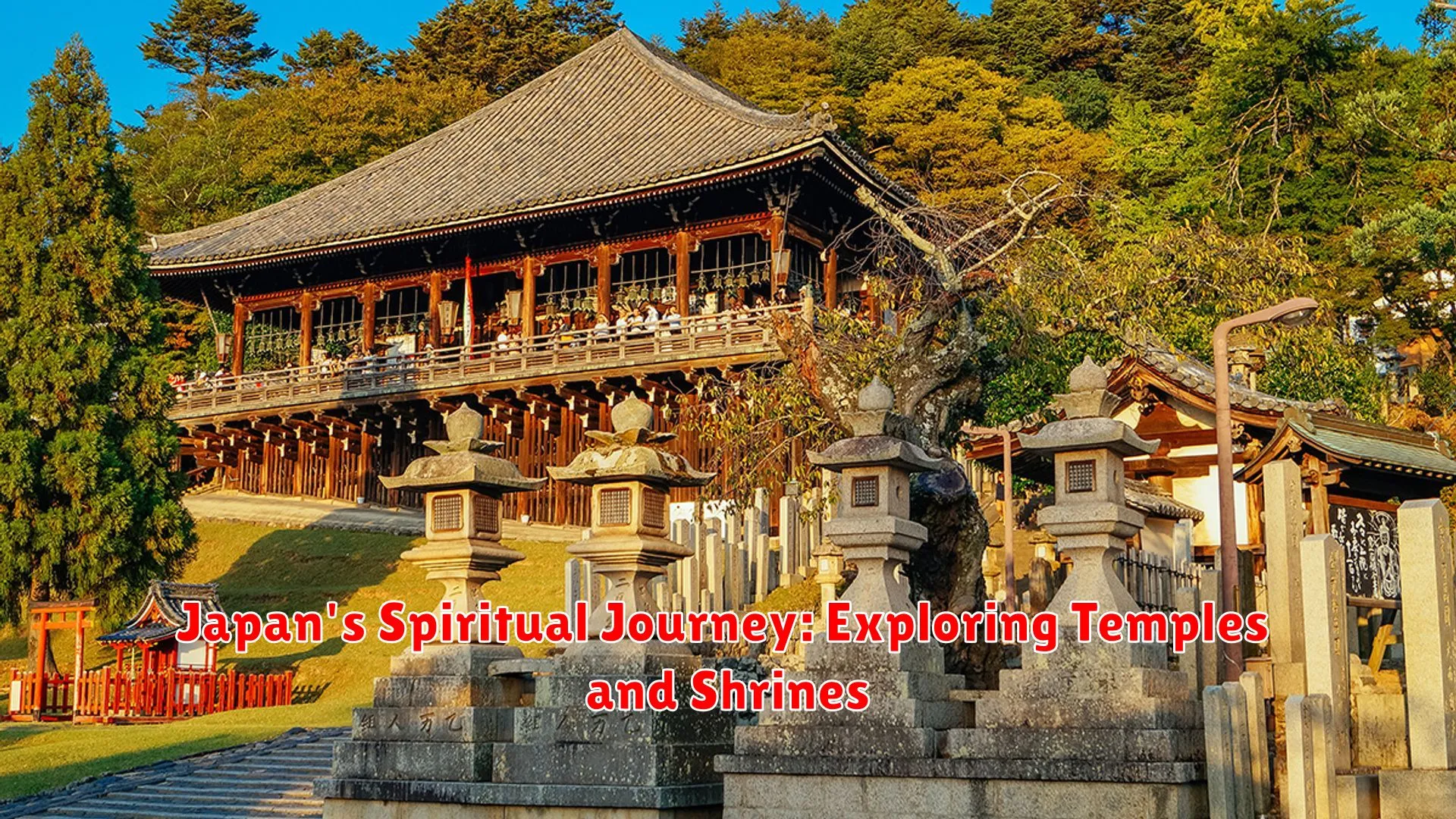Embark on Japan’s spiritual journey through its ancient temples and sacred shrines, delving into the country’s rich cultural and religious heritage. Discover the serene beauty and profound tranquility of these sacred sites that offer a glimpse into Japan’s spiritual traditions.
Finding Peace in Sacred Spaces
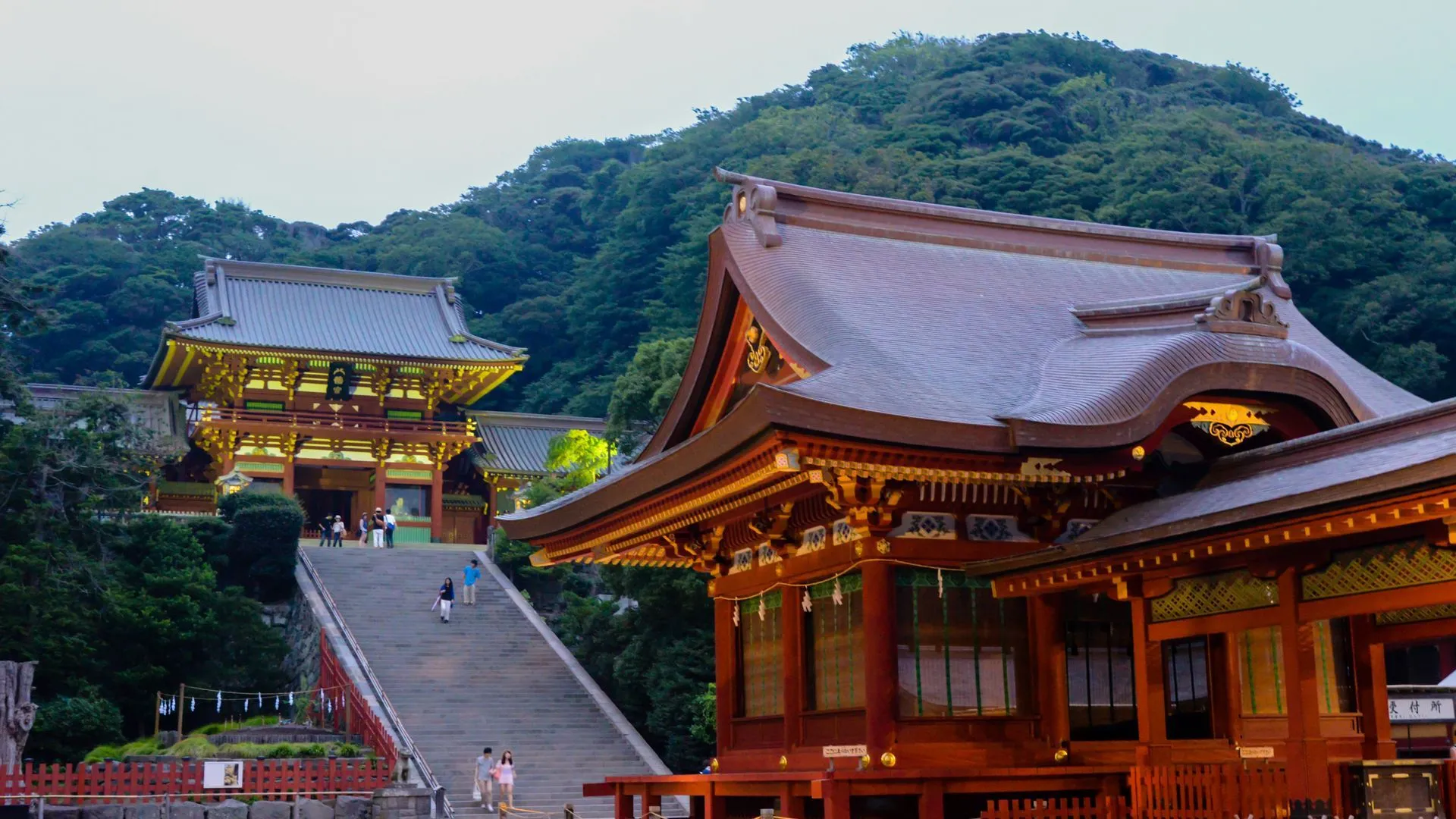
When embarking on a spiritual journey through Japan, one of the most enriching experiences is exploring the temples and shrines that dot the landscape. These sacred spaces offer a serene atmosphere where visitors can immerse themselves in tranquility and contemplation.
Temples, such as the iconic Kinkaku-ji in Kyoto, exude a sense of timelessness and symbolism. The meticulously manicured gardens and ancient architecture provide a glimpse into Japan’s rich cultural heritage and religious practices.
Shrines, like the famous Fushimi Inari Taisha in Kyoto, are steeped in spirituality and ritual. The paths lined with thousands of vibrant red torii gates lead visitors on a journey of introspection and reverence.
Whether surrounded by the serene beauty of a temple garden or standing beneath the towering presence of a shrine gate, visitors to these sacred spaces often find a sense of peace and connection to something greater than themselves.
The Architecture of Japanese Temples
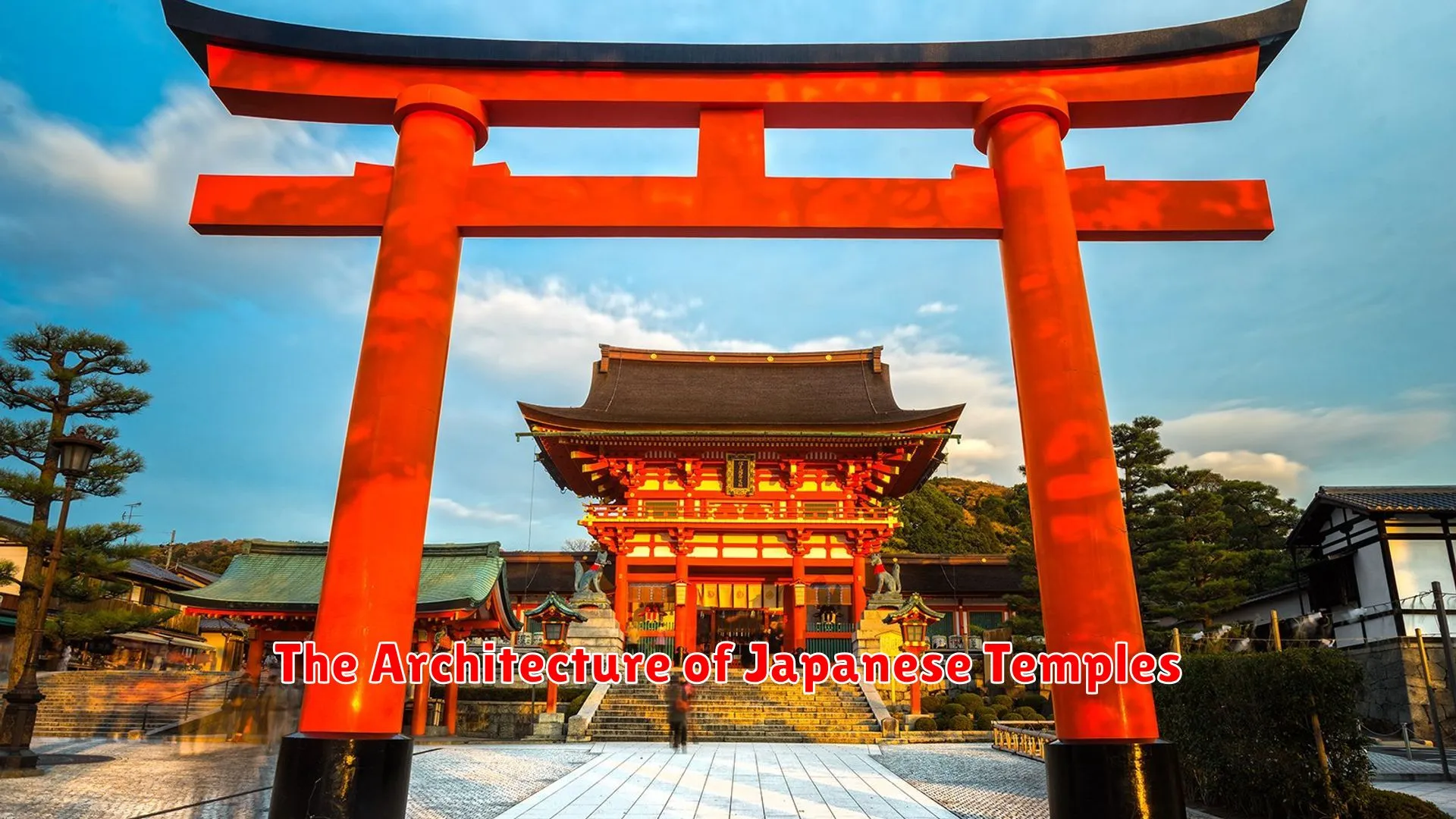
Japanese temples are renowned for their unique and elegant architecture that reflects the country’s spiritual and cultural heritage. These temples serve as places of worship, meditation, and reflection for individuals seeking spiritual solace and connection with the divine.
Aesthetic Elements
One of the striking features of Japanese temple architecture is the intricate wooden structures adorned with elaborate carvings and detailed paintings. The use of natural materials such as wood and paper creates a harmonious blend with the surrounding environment, emphasizing the spiritual connection to nature.
Sacred Spaces
Japanese temples are designed with careful consideration to create sacred spaces that inspire tranquility and contemplation. The layout often includes a main hall, pagodas, gates, and gardens, each element serving a specific purpose in facilitating the spiritual journey of visitors.
Symbology and Meaning
Symbolism plays a crucial role in the architecture of Japanese temples, with each architectural element carrying profound meaning and spiritual significance. From the placement of certain structures to the choice of colors and patterns, every detail conveys a deeper message and contributes to the overall spiritual experience.
Continued Reverence
Despite modernization and technological advances, Japanese temples continue to be revered as spiritual sanctuaries and cultural treasures. Visitors from around the world flock to these sacred sites to witness the beauty of the architecture and immerse themselves in the rich spiritual traditions of Japan.
Rituals and Traditions
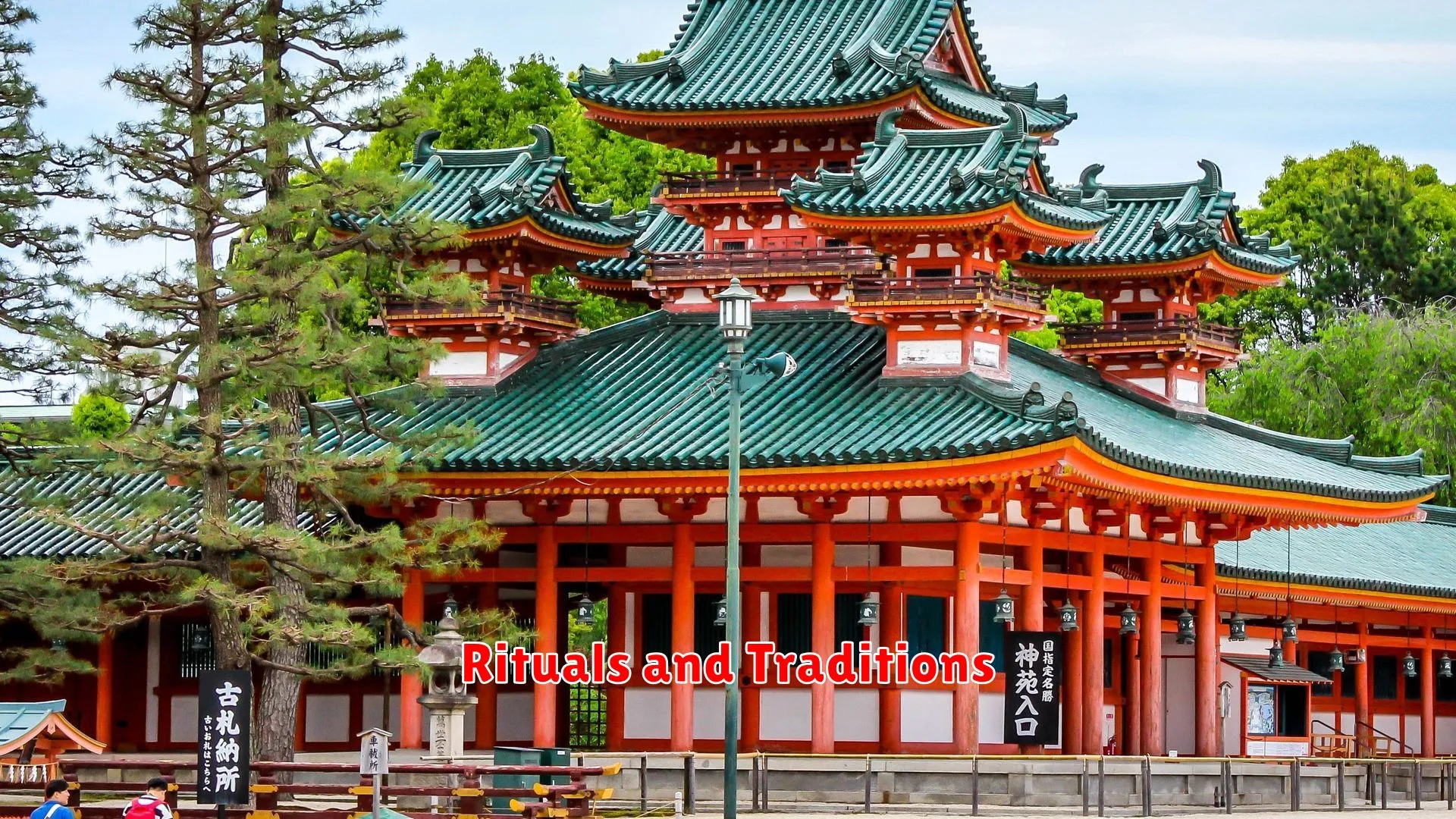
In Japan, rituals and traditions play a significant role in the spiritual journey of exploring temples and shrines. These rituals are deeply rooted in the country’s rich cultural heritage and have been passed down for generations.
When visiting temples in Japan, one must follow certain customs to show respect to the sacred site. Before entering a temple, it is customary to cleanse your hands and mouth at a temizuya, a water pavilion. This act symbolizes purification and signifies one’s readiness to enter the sacred space.
At shrines, visitors often participate in rituals such as making offerings of coins, clapping hands, and bowing as a sign of reverence to the Shinto deities. One common practice is to ring the bell at the entrance of the shrine to announce your presence and to seek blessings.
During special events and festivals, traditional performances and processions take place at temples and shrines, offering a glimpse into Japan’s rich cultural traditions. These events serve as a way for communities to come together and celebrate their spiritual beliefs.
Engaging in these rituals and traditions not only enhances the spiritual experience of visiting temples and shrines but also deepens one’s connection to Japan’s history and cultural identity.
Zen Gardens and Their Tranquility
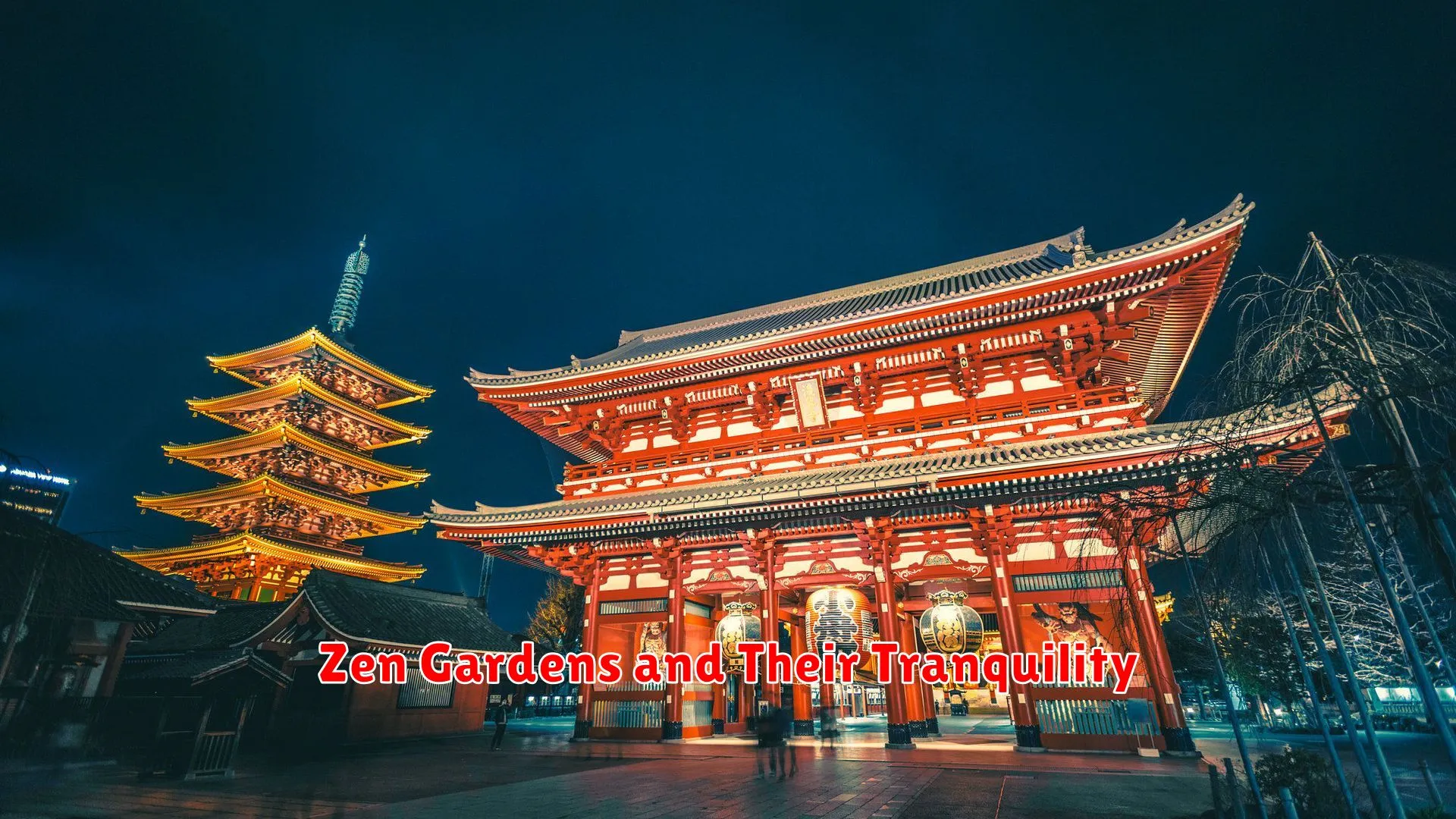
When embarking on a spiritual journey through Japan, exploring the serene beauty of Zen gardens can provide a profound sense of tranquility and peace. These meticulously crafted gardens are designed to evoke a sense of harmony and contemplation, offering visitors a peaceful retreat from the hustle and bustle of everyday life.
Characterized by carefully arranged rocks, gravel raked into intricate patterns, and minimalistic vegetation, Zen gardens serve as a physical representation of the interconnectedness of nature, humanity, and spirituality. The act of strolling through these gardens, known as karesansui, encourages mindfulness and reflection, allowing visitors to connect with their inner selves and find a moment of respite in the present moment.
The art of maintaining a Zen garden involves simplicity and mindfulness, with each element serving a specific purpose to create a harmonious whole. Whether it’s the meditative sound of water trickling in a stone basin or the subtle rustling of bamboo in the breeze, every aspect of a Zen garden is designed to awaken the senses and foster a sense of tranquility.
Conclusion
Japan’s temples and shrines offer a profound spiritual experience, showcasing the country’s rich cultural heritage and traditions. Exploring these sacred sites provides a glimpse into Japan’s spiritual essence and historical significance.
